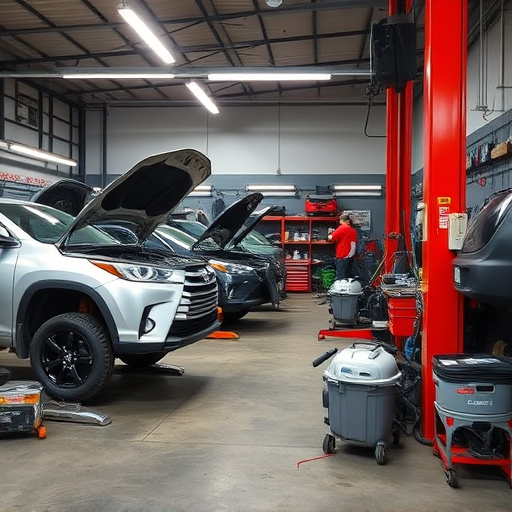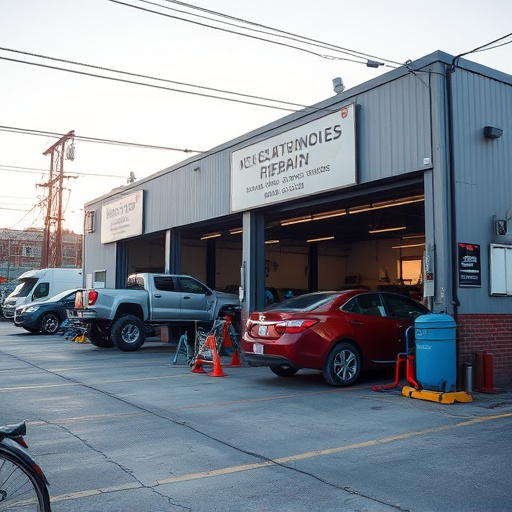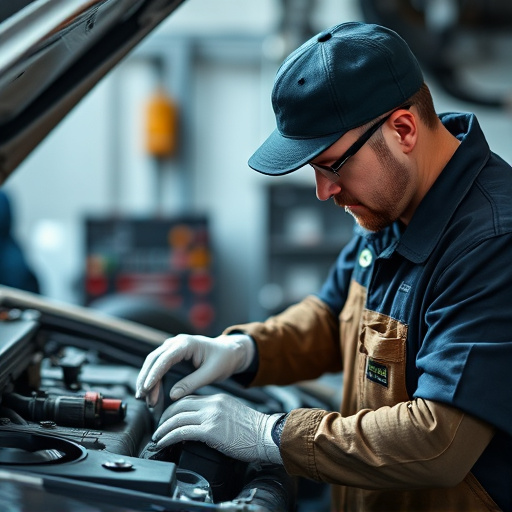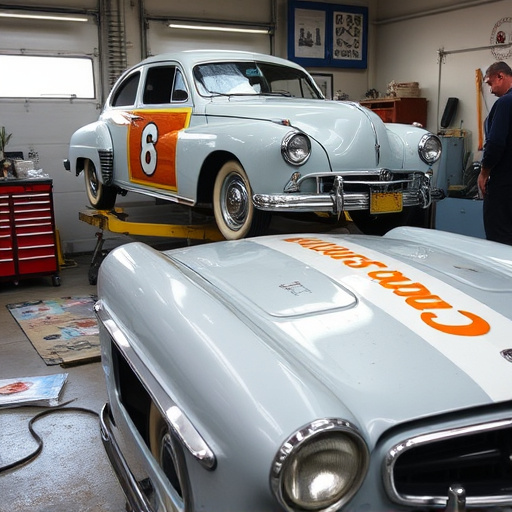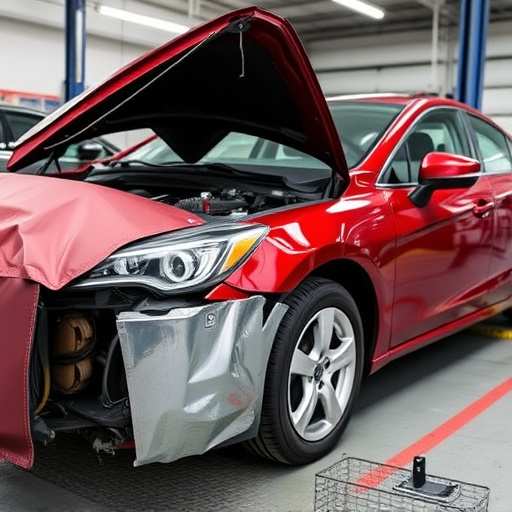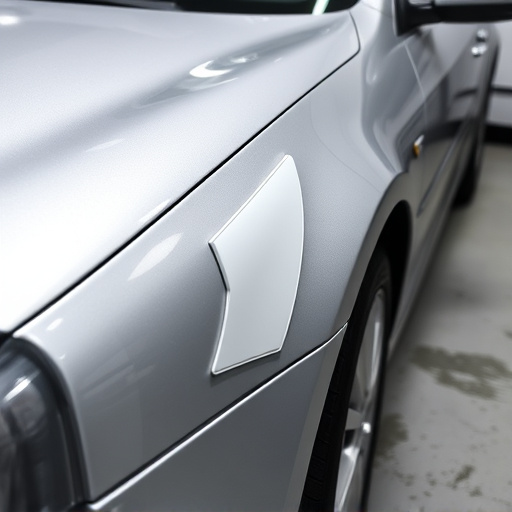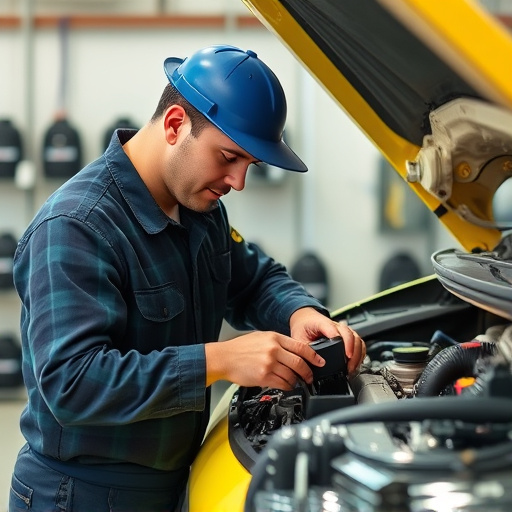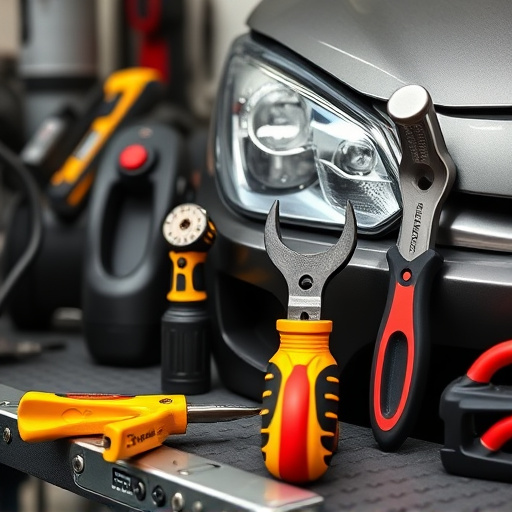The heat shield protects a vehicle's engine from excessive heat but can degrade over time. Regular checks and replacement are vital for engine health and fuel efficiency. Upon replacement, follow these steps: contact a shop, have the shield measured and installed, and practice proper post-replacement care to prevent thermal shock and debris damage.
Planning a heat shield replacement? This comprehensive guide is your go-to resource. Discover what makes these shields crucial, exploring their vital role in protecting vehicles from intense heat and common wear issues that may arise. Then, learn what to expect during the appointment—from initial assessments to swift installation. Finally, get expert tips for post-replacement care to ensure optimal performance and prolonged durability of your updated heat shield.
- Understanding the Heat Shield: Its Role and Common Issues
- The Appointment Process: What to Expect Step-by-Step
- Post-Replacement Care: Tips for Optimal Performance
Understanding the Heat Shield: Its Role and Common Issues

The heat shield, often located beneath a vehicle’s hood, plays a vital role in protecting sensitive components from direct exposure to extreme heat generated by the engine. It acts as a crucial barrier, shielding vital parts like radiators and cooling systems from potential damage caused by high temperatures. Over time, these shields can incur wear and tear due to various factors such as aging, road debris impact, or chemical corrosion, leading to cracks, holes, or warping.
Common issues with heat shields include exposure to extreme weather conditions, which can cause them to deteriorate faster. Additionally, in fleet repair services or auto repair shops, frequent use and high-performance vehicles might accelerate the need for heat shield replacement. When a heat shield is compromised, it’s essential to address the issue promptly as failure to do so could result in more severe engine damage and increased fuel consumption due to reduced cooling efficiency.
The Appointment Process: What to Expect Step-by-Step

When scheduling a heat shield replacement appointment, expect a straightforward process that involves several steps to ensure accurate and efficient service. First, contact your preferred car body shop to discuss your needs. They will assess the damage or wear on your heat shield and provide an estimate for the heat shield replacement cost based on the required parts and labor.
During your visit, a skilled technician will remove the old heat shield, often using specialized tools to ensure a clean separation. They will then measure and cut (if necessary) the new heat shield to perfectly fit your vehicle’s specifications. Once in place, the technician will securely fasten the new heat shield, ensuring it’s secure against high-temperature elements. This process may also include additional car dent removal if there is any associated damage, further enhancing the overall appearance of your vehicle.
Post-Replacement Care: Tips for Optimal Performance

After a successful heat shield replacement, proper post-replacement care is essential for optimal performance and longevity of your vehicle’s protective barrier. The first few days are critical; avoid extreme temperature changes as this can cause thermal shock to the newly installed shield. Keep your car in shaded areas during hot weather and use indoor parking when possible.
Additionally, be mindful of road debris like rocks or pebbles that could potentially damage the heat shield. Regularly inspect the shield for any signs of wear or loose connections and address these issues promptly by scheduling routine maintenance with a reputable collision repair shop. Remember, proper care after a heat shield replacement will ensure your vehicle remains protected against damaging elements, enhancing its overall durability and safety.
Heat shield replacement is a crucial process that ensures your vehicle’s optimal performance and safety. By understanding the role of the heat shield, navigating the appointment process, and implementing post-replacement care tips, you can expect improved engine efficiency and reduced risk of damage from heat-related issues. Remember, a well-maintained heat shield is key to keeping your vehicle running smoothly.

